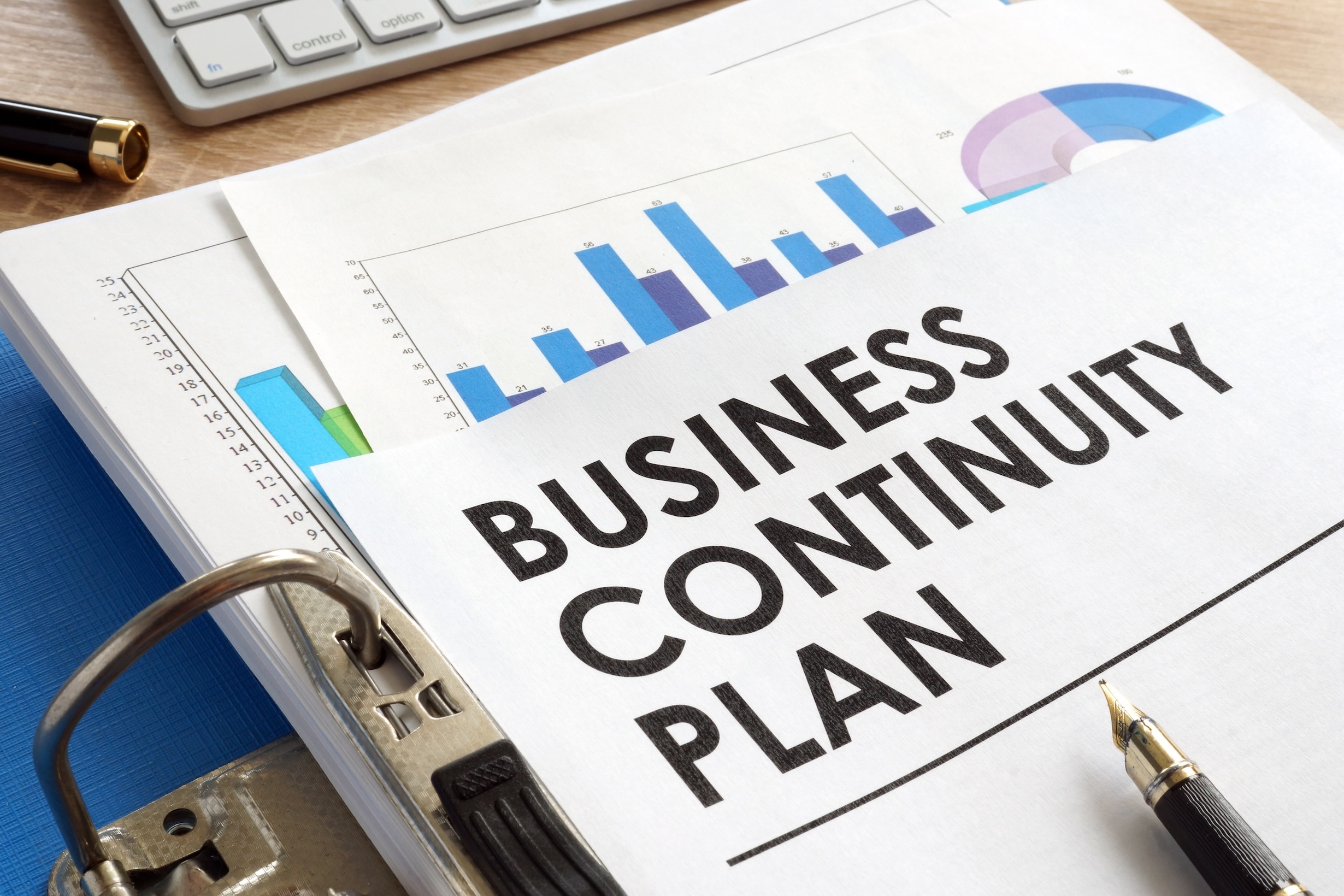In today’s swiftly changing and often volatile business world, being ready for the unexpected isn’t just a choice; it’s a must. As businesses increasingly rely on technology, interconnected supply chains, and global markets, having a strong Business Continuity Plan (BCP) is more crucial than ever. This piece delves into the essential steps for creating a modern BCP, drawing from Masiero’s experience in developing plans for organizations of all sizes.
In an era where disruptions can stem from natural disasters, cyber threats, or global crises like pandemics, a well-designed BCP acts as your organization’s survival kit. It goes beyond merely keeping operations running during a crisis; it’s about sustaining core functions, protecting your reputation, and emerging even stronger after the storm passes.
- Building a Specialized BCP Team The journey toward a solid BCP starts by assembling a dedicated team. This team should comprise individuals deeply familiar with your organization’s processes, technology, and compliance needs. They’ll drive the BCP development, customizing it to fit your specific requirements.
- Assessing Risks and Impact on Business Before shaping your BCP, understanding potential operational risks is critical. Conduct a thorough risk assessment to spot vulnerabilities and threats—both internal and external—such as natural disasters, cybersecurity risks, and disruptions in the supply chain.
A Business Impact Analysis (BIA) identifies crucial functions and processes that need priority during a crisis. It’s vital for allocating resources effectively and minimizing downtime.
- Crafting a Comprehensive Response Plan Armed with a grasp of risks and critical functions, it’s time to create a response plan. This plan should outline steps for various crises, including communication protocols, employee safety, and strategies for maintaining essential services.
- Communication Strategy Effective communication forms the backbone of a successful BCP. Establish clear internal and external communication channels. Ensure all employees understand their roles during a crisis and have backup communication methods in case primary systems fail. Keep stakeholders, like customers and suppliers, informed about the situation and the measures taken to minimize the impact.
- Data Backup and Recovery In the digital age, data is often a company’s most valuable asset. Implement a robust data backup and recovery strategy to protect critical information. Regularly back up data in secure off-site locations and test the recovery process for seamless functionality during crises.
- Facilities and Resource Planning Consider the physical aspects of your operations. Identify alternate work locations or remote work capabilities if your primary workspace becomes inaccessible. Secure essential resources, like power generators, to maintain operations during facility-related issues or power outages.
- Employee Training and Awareness The effectiveness of your BCP relies on your people. Conduct regular training sessions and drills to prepare employees for various crisis scenarios. Foster a culture of resilience and awareness across the organization.
- Testing and Maintenance A BCP isn’t static; it should adapt to changing circumstances. Regularly test your plan through exercises and simulations. Identify weaknesses and areas for improvement, updating the plan accordingly. Regular maintenance ensures the BCP’s ongoing effectiveness.
- Compliance and Regulations Stay abreast of industry-specific regulations and compliance needs. Ensure your BCP aligns with these regulations and regularly review and update it to remain compliant.
- Vendor and Supply Chain Management Your business operates within an ecosystem. Assess the resilience of your suppliers and partners. Develop contingency plans for supply chain disruptions and establish alternative sources whenever possible. Collaborate closely with key suppliers to ensure they also have robust BCPs in place.
Conclusion: In today’s business world, resilience is a competitive edge. Crafting a strong Business Continuity Plan isn’t a mere checklist item; it’s a strategic necessity. By following the essential steps outlined above, your organization can better navigate uncertainties, emerge stronger, and continue thriving in an unpredictable world. Remember, a well-prepared business is a business equipped for anything.

